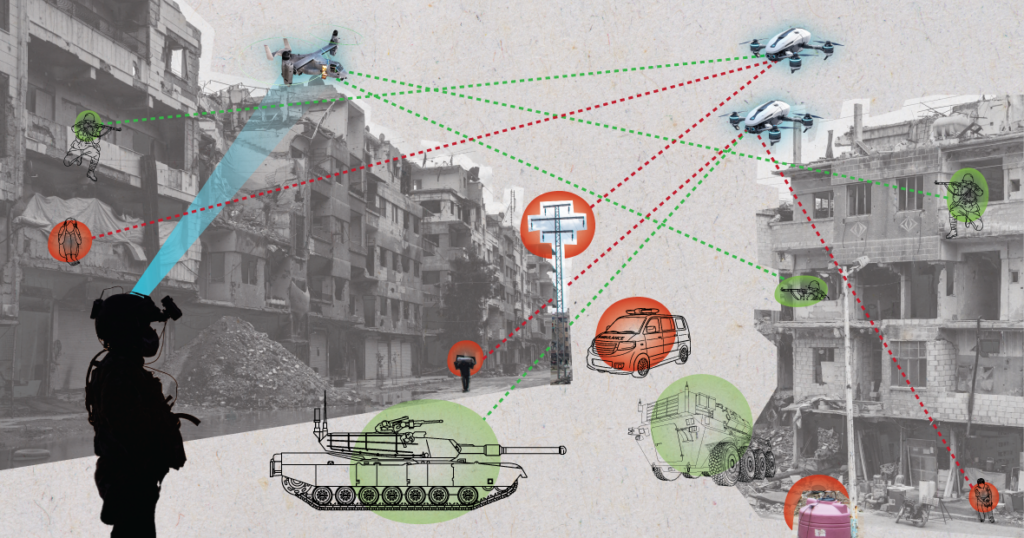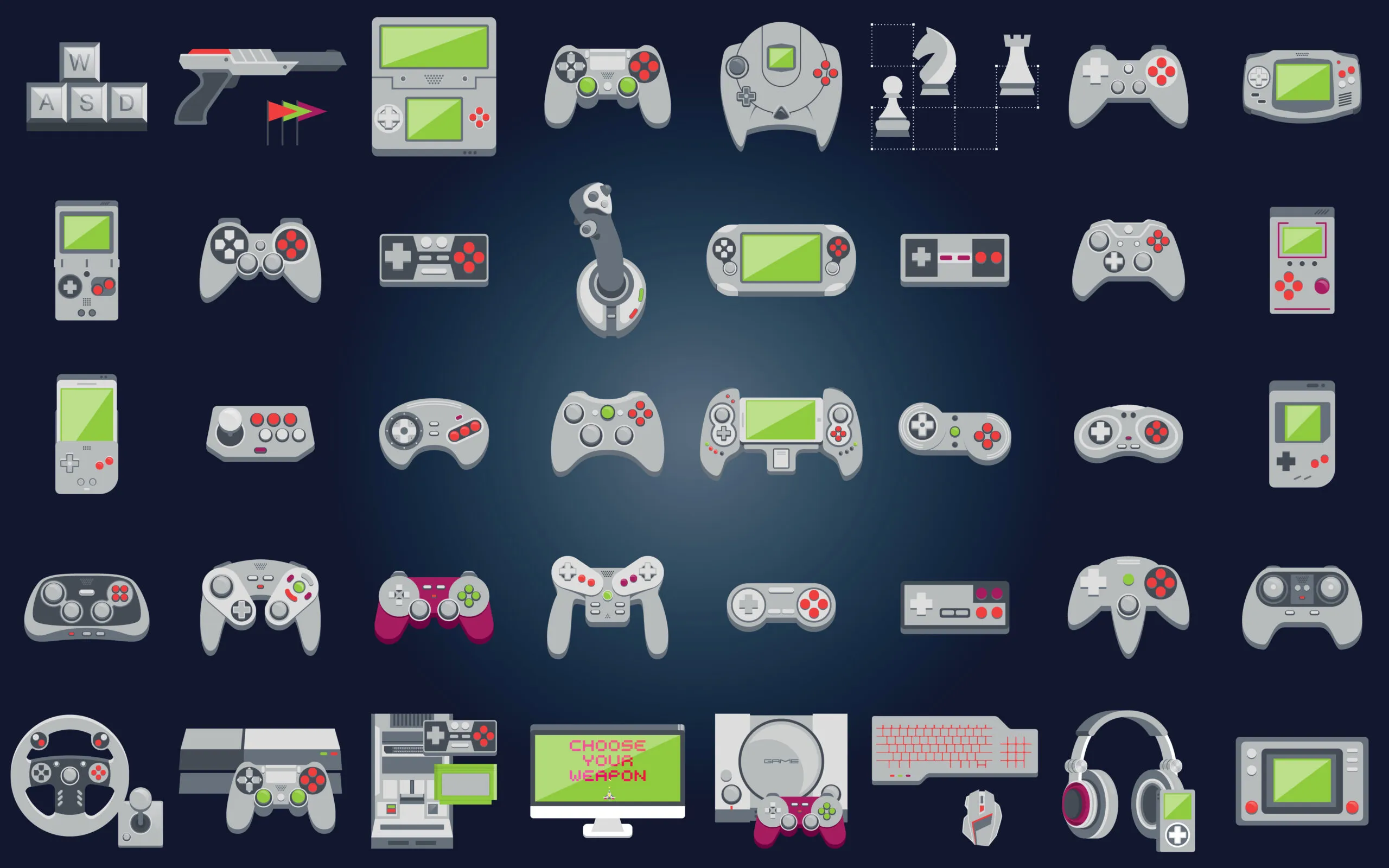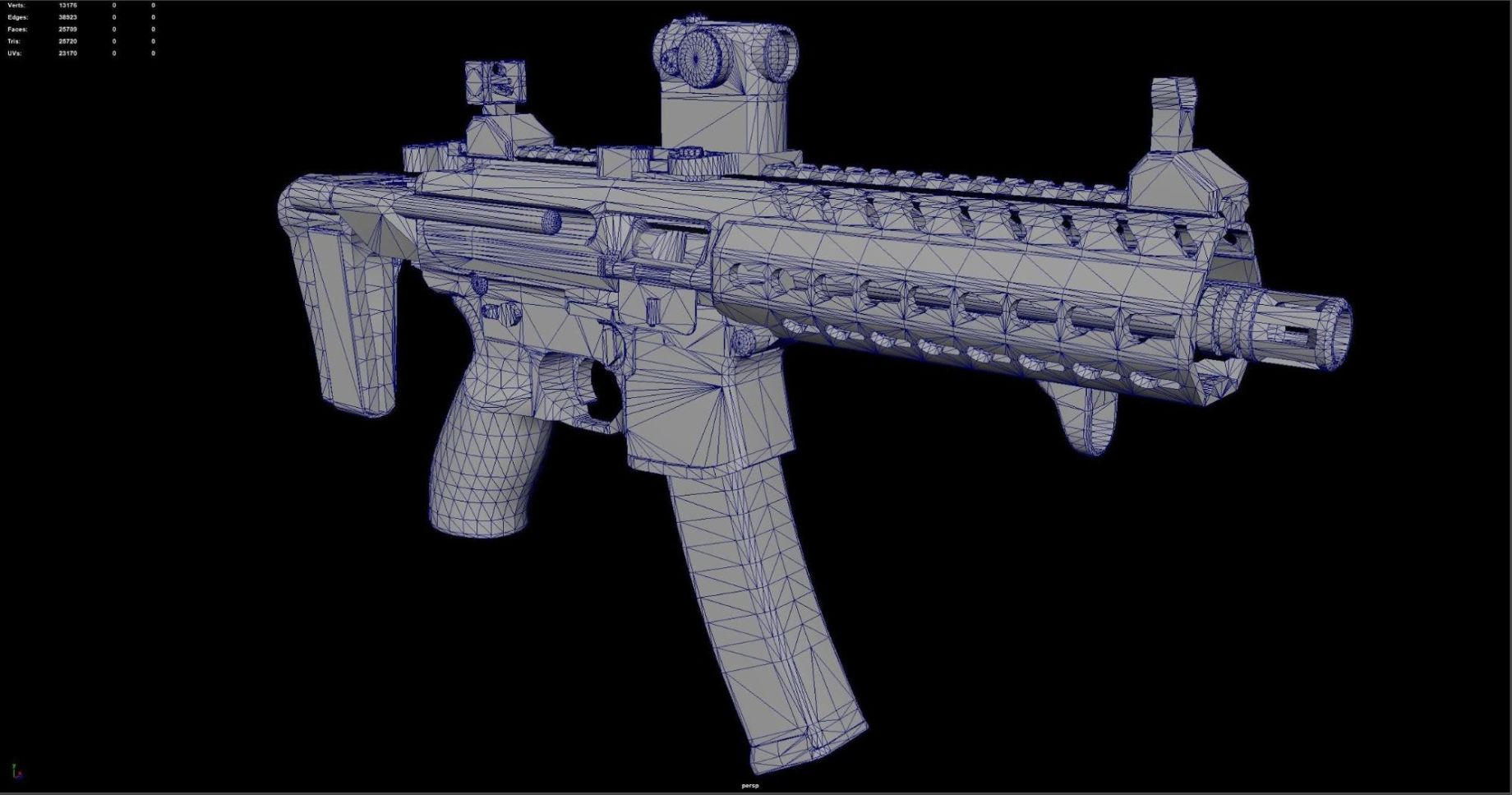Technical Challenges: Implementing Weapons in Game Development
Implementation of weapons poses a multitude of technical challenges that developers must overcome to create immersive and engaging gameplay experiences. From animation and physics to artificial intelligence and user interface design, every aspect of weapon implementation requires meticulous attention to detail and careful consideration of technical constraints. This article delves into the various technical challenges involved in implementing weapons in game development, exploring the strategies and solutions that developers employ to bring virtual armaments to life within digital worlds.
Animation and Rigging
One of the primary challenges in implementing weapons in game development is creating realistic and responsive animations that accurately depict weapon movement, firing, and reloading. From the subtle recoil of a firearm to the fluid motion of swinging a sword, weapons require intricate animation rigs and sophisticated motion capture techniques to ensure smooth and lifelike movement. Developers must also consider the interactions between weapons and characters, ensuring that animations blend seamlessly with player actions and environmental interactions.
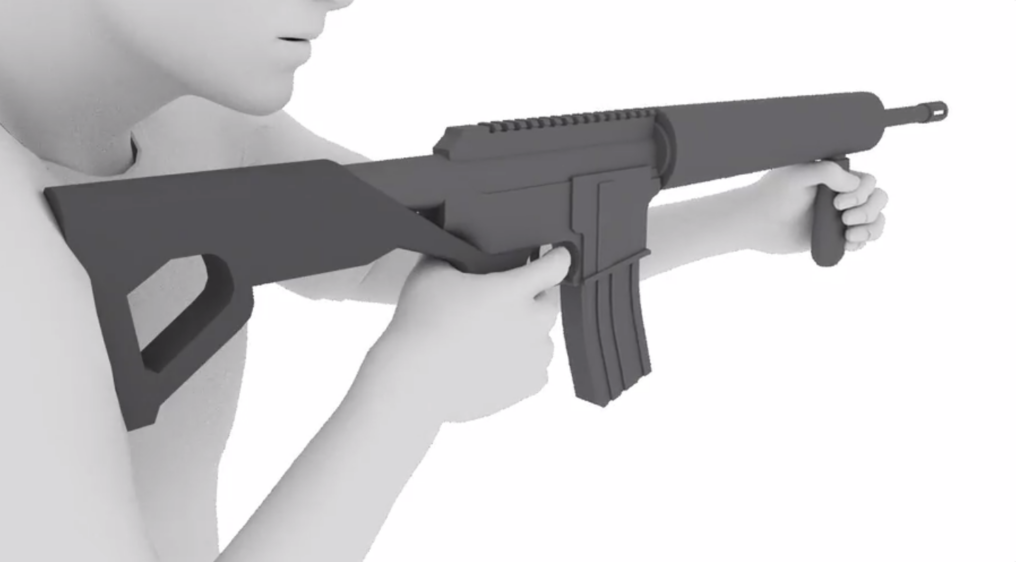
Physics and Collision Detection
Physics simulation and collision detection play a crucial role in determining how weapons interact with the game world and other objects within it. Whether it’s calculating the trajectory of a projectile, simulating the impact of a melee weapon on a surface, or resolving collisions between weapons and environmental obstacles, accurate physics modeling is essential for creating immersive and believable combat scenarios. Developers must optimize physics calculations to maintain smooth performance while ensuring realistic interactions that enhance player immersion and gameplay realism.
Read about also: Addressing Violence and Realism in Game Development.
Artificial Intelligence and Enemy Behavior
In many games, weapons are not only wielded by players but also by non-player characters (NPCs) and enemies controlled by artificial intelligence (AI). Implementing effective AI behaviors for enemy combatants requires sophisticated algorithms and decision-making processes that enable NPCs to react intelligently to player actions, anticipate threats, and employ strategic tactics in combat. Developers must fine-tune AI parameters and behaviors to ensure challenging and engaging enemy encounters that provide players with a satisfying gameplay experience.
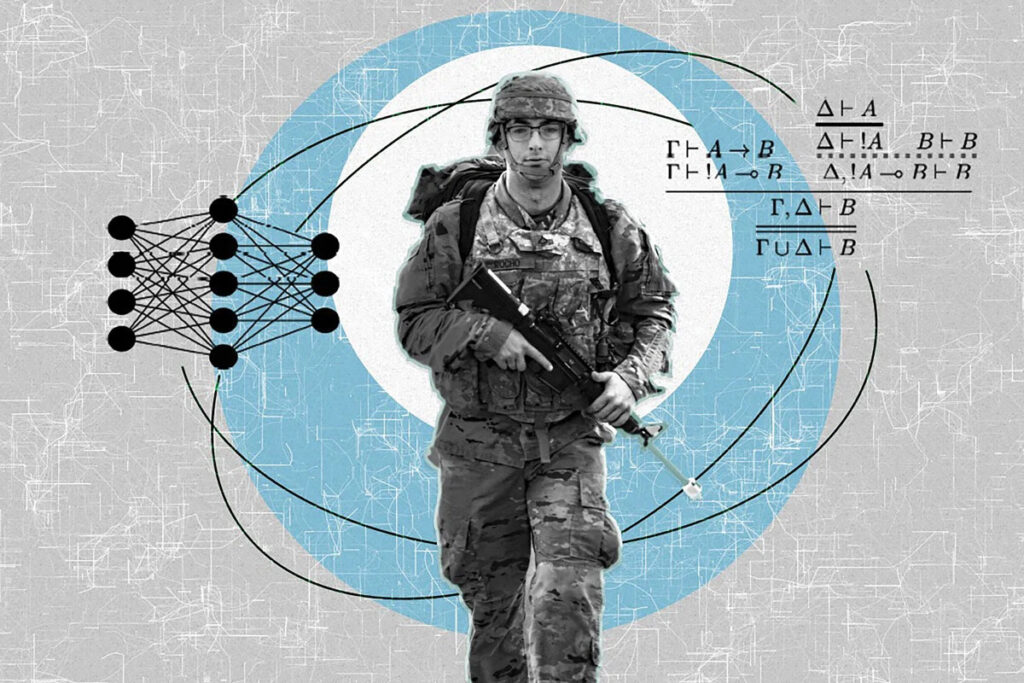
User Interface Design and Feedback
The user interface (UI) plays a crucial role in facilitating player interaction with weapons and conveying essential information about their functionality and status. Designing intuitive and informative UI elements, such as weapon selection menus, ammunition counters, and aiming reticles, is essential for ensuring that players can easily understand and control their arsenal during gameplay. Additionally, providing visual and auditory feedback, such as muzzle flashes, weapon sounds, and hit markers, enhances player immersion and feedback, reinforcing the impact and effectiveness of weapons in combat scenarios.
Optimization and Performance
Optimizing the performance of weapon systems is a significant challenge for developers, particularly in games with large open worlds or complex multiplayer environments. Efficiently managing resource usage, such as memory, CPU, and GPU, is essential for maintaining stable frame rates and minimizing loading times, especially during intense combat situations with multiple weapons and effects active simultaneously. Developers must employ optimization techniques, such as level-of-detail (LOD) rendering, occlusion culling, and asset streaming, to ensure that weapon implementation does not adversely affect overall game performance or player experience.
Conclusion: Overcoming Technical Hurdles for Immersive Gameplay
Implementing weapons in game development presents a myriad of technical challenges that developers must navigate to create immersive and engaging gameplay experiences. From animation and physics to AI behavior and UI design, every aspect of weapon implementation requires careful consideration and optimization to ensure that virtual armaments feel realistic, responsive, and impactful within digital worlds. By employing innovative solutions and leveraging cutting-edge technologies, developers can overcome these technical hurdles to deliver immersive combat scenarios that captivate players’ imaginations and keep them coming back for more thrilling adventures in the world of gaming.
